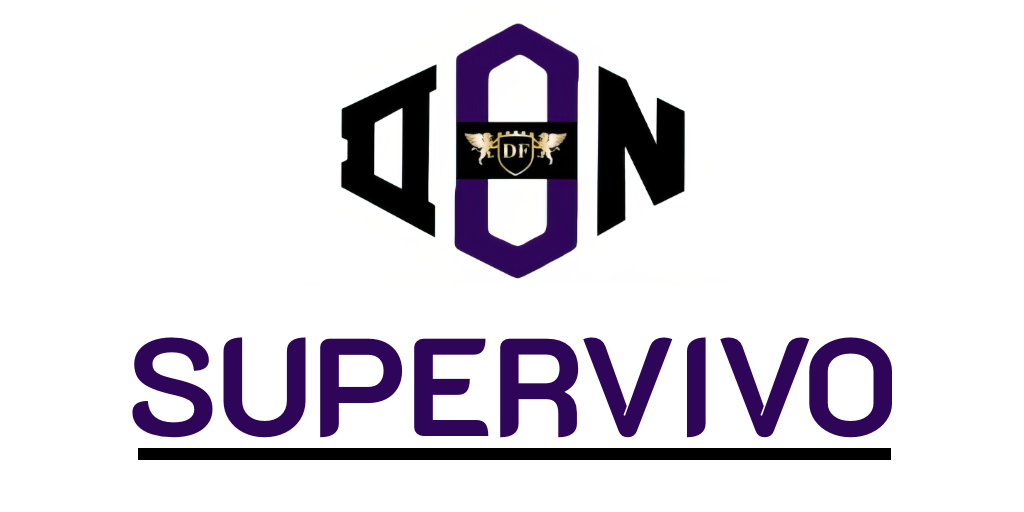In the rapidly evolving landscape of software development, understanding what makes an API truly developer-friendly is vital for enhancing productivity and fostering innovation. A developer-friendly API simplifies the integration process, minimising barriers and optimising the overall developer experience. Key factors such as responsiveness, ease of use, and comprehensive support are crucial in shaping how developers interact with APIs. By prioritising these elements, not only can individual developers thrive, but entire teams and organisations can harness the full potential of API development, leading to streamlined workflows and successful project outcomes.
The Importance of Developer-Friendly APIs
In the evolving landscape of software development, the significance of a developer-friendly API cannot be overstated. Understanding developer experience is pivotal in creating APIs that not only meet technical requirements but also enhance satisfaction and productivity. A well-designed API allows developers to interact seamlessly with various functionalities, thereby driving innovation.
Understanding Developer Experience
Developer experience is greatly influenced by the usability and intuitiveness of an API. When developers encounter APIs that are straightforward and well-documented, their overall experience improves significantly. This *positive interaction* fosters a sense of confidence and efficiency, encouraging developers to engage more deeply with the technology. A superior developer experience ultimately leads to higher satisfaction and increased productivity, which are crucial for retaining talent in the tech industry.
Impact on API Adoption Rates
API adoption trends reveal a clear correlation between well-designed APIs and their usage rates. Statistical insights indicate that developers are more likely to adopt APIs that prioritise user-centric design principles. These principles align with their needs and expectations, often resulting in larger communities and ecosystems that contribute to the ongoing success of the API. A developer-friendly API, therefore, not only enhances user interaction but also accelerates its adoption across diverse platforms.

What Makes an API Truly Developer-Friendly?
Creating a developer-friendly API involves embracing certain key characteristics that enhance its usability and improve user experience. An emphasis on simplicity, clarity, and robust functionality lays the foundation for effective API design. Developers seek APIs that are not only easy to integrate but also foster a seamless experience throughout their journey.
Key Characteristics of Developer-Friendly APIs
When evaluating the attributes of a developer-friendly API, several essential factors emerge:
- Simplicity: An uncomplicated structure allows developers to understand and utilise the API with minimal effort.
- Consistent Error Handling: Clear and informative error messages aid in quicker troubleshooting and enhance overall API usability.
- Robust Versioning: Effective version control simplifies updates and ensures backward compatibility, allowing developers to work confidently with the API.
Real-World Examples and Case Studies
Observing successful implementations offers invaluable insights. Stripe, known for its seamless payment solutions, exemplifies the impact of adhering to API design best practices. Their well-documented endpoints and flexible integration methods showcase the benefits of a developer-friendly API. Similarly, Twilio’s API empowers developers with comprehensive tools for communication. Their focus on usability, combined with detailed documentation, highlights how adopting such practices can elevate the user experience significantly.
API Design Best Practices for Usability
Creating a developer-friendly API requires implementing best practices that enhance API usability. Focus on clarity, consistency, and a user-oriented approach during the API design process. These elements play a significant role in ensuring a seamless experience for developers integrating with the API.
Consistent Naming Conventions
Adopting consistent naming conventions for endpoints and parameters greatly improves the predictability of an API. Clear and logical names reduce cognitive load, allowing developers to easily understand and navigate the API. This straightforward approach aligns with API design best practices, making the integration process smoother and more intuitive.
Intuitive Endpoints and Methods
Structuring API endpoints logically is fundamental to fostering ease of use. An intuitive organisation of resources and methods simplifies interactions between the API and the developer’s application. This prioritisation of clarity in API design greatly contributes to overall API usability, empowering developers to integrate services with minimal complication.
User-Centric Design Principles
Designing APIs with the end-users in mind establishes a direct line to improved satisfaction among developers. Engaging in iterative feedback and user testing can reveal insights that shape a more efficient and approachable API. Emphasising user-centric design principles reflects a commitment to developing a genuinely developer-friendly API, fostering a productive relationship between API providers and users.
The Role of API Documentation in Developer Satisfaction
API documentation serves as a crucial link between developers and the tools they employ. By providing clear, comprehensive resources, it enhances the developer experience and fosters satisfaction. Each component of effective documentation plays a role in simplifying the process of understanding and utilising an API.
Essential Components of Effective Documentation
To create a seamless experience, API documentation must include several essential elements such as:
- Quick start guides that allow developers to begin using the API without unnecessary delays.
- Comprehensive examples which demonstrate typical use cases and clarify potential complexities.
- Interactive API explorers that empower users to test endpoints directly within the documentation.
These components play a significant role in lowering barriers, enabling developers to acclimatise to new systems swiftly and effectively. When well-crafted, API documentation can inspire confidence and encourage adoption.
Tools for Enhancing Documentation Quality
Numerous tools for API documentation exist to facilitate the creation of high-quality resources that resonate with developers. Options like Swagger and Postman provide robust platforms for crafting rich documentation. These tools not only allow for the incorporation of interactive elements but also support collaborative efforts among teams to ensure that the documentation remains up-to-date and user-focused.
API Integrations and Testing for Seamless Development
In the realm of software development, effective API integration plays a pivotal role in enhancing the overall developer experience. A developer-friendly API allows seamless connectivity between different systems, which not only simplifies the workflow but also accelerates project deployment. By prioritising smooth API integration, organisations can significantly increase developer satisfaction and productivity, enabling teams to focus on innovation rather than overcoming technical hurdles.
API testing is equally crucial in this equation, as it ensures that these integrations function reliably under various conditions. Embracing automated testing tools helps to streamline the process, enabling developers to quickly identify potential issues and address them before they become bottlenecks in the development cycle. Establishing robust feedback loops further enhances the quality of APIs, fostering an environment where developers can iterate rapidly and confidently.
The commitment to creating a well-rounded development ecosystem encompasses not only the technical functionalities of APIs but also the holistic developer experience. By valuing API integrations and rigorous testing as core components of the API lifecycle, organisations can cultivate an atmosphere of creativity and efficiency. Ultimately, this encourages developers to thrive in their roles, transforming challenges into opportunities within their projects.









